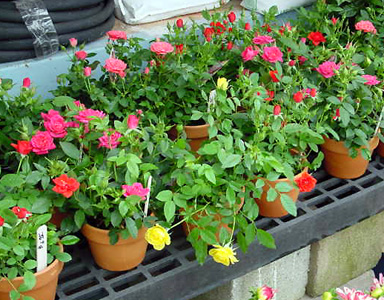Spread Floral Joy!
Elevate someone's day with a beautifully crafted flower bouquet fresh from our farms.
SHOP NOW
Save 15% on Mother’s Day Bouquets, Plants, and Wreaths, Use Code Mother2024 at Checkout*
Elevate someone's day with a beautifully crafted flower bouquet fresh from our farms.
SHOP NOW